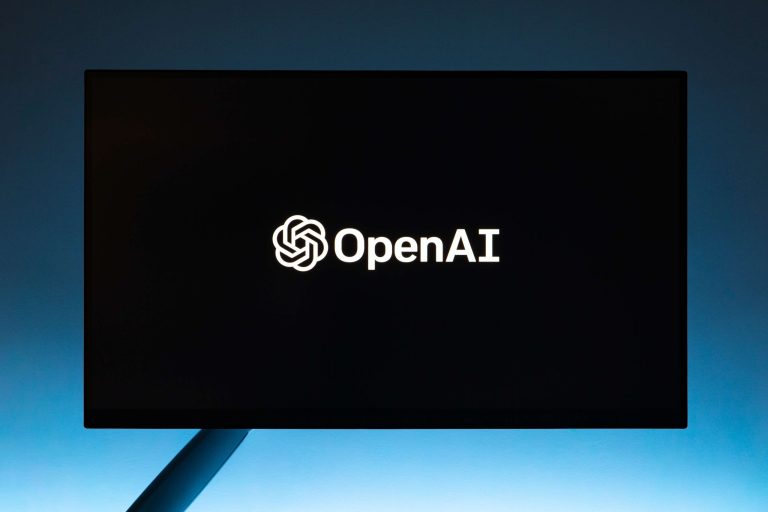OpenAI, the artificial intelligence leader behind ChatGPT, has closed a monumental funding round, raising $6.6 billion and achieving a valuation of $157 billion.
Earlier this year, OpenAI was valued at $80 billion, up from $29 billion in 2023.
This latest investment cements OpenAI as one of the top three largest venture-backed startups globally, alongside SpaceX and ByteDance, the parent company of TikTok.
While OpenAI did not disclose the full list of investors in its press release, sources revealed to CNBC that Thrive Capital, Microsoft, Nvidia, SoftBank, and others were major contributors.
Thrive Capital, led by Josh Kushner, reportedly planned to invest $1 billion in the round while Microsoft Corp. has already invested $13 billion in the startup,
Other participants included Khosla Ventures, Altimeter Capital, and Fidelity Management & Research Company. The new Abu Dhabi-based tech investment firm MGX also participated.
Apple Inc. did not participate in the deal, although the company was previously in talks to invest in the round, the Wall Street Journal had reported.
The scale of this investment reflects the tech industry’s unwavering confidence in the potential of AI, especially as OpenAI continues to dominate the generative AI space.
Funding to help expand frontier AI research and compute capacity
In a blog post announcing the funding, OpenAI emphasized its commitment to advancing AI research and expanding its computing capacity. It said,
“The new funding will allow us to double down on our leadership in frontier AI research, increase compute capacity, and continue building tools that help people solve hard problems.”
OpenAI has witnessed explosive growth since the release of ChatGPT in late 2022, with the application bringing generative AI into the public consciousness.
According to CFO Sarah Friar, the company now boasts 250 million weekly active users on ChatGPT.
Additionally, there are 11 million ChatGPT Plus subscribers and 1 million business users paying for the service.
OpenAI generated $300 million in revenue last month, up 1,700% since the beginning of last year, CNBC confirmed last week, following reporting by The New York Times.
The company expects to bring in $11.6 billion in sales next year, up from $3.7 billion in 2024, CNBC said.
However, this rapid growth comes at a cost. While it expects to generate $11.6 billion in sales in 2025, it also anticipates losing $5 billion this year.
These losses are attributed to OpenAI’s heavy reliance on Nvidia’s GPUs to train and run its large language models, essential for maintaining its AI systems at scale.
Executive departures and growing pains
Amidst its growth, OpenAI has also experienced internal challenges, including the loss of several key executives.
Last week, Chief Technology Officer Mira Murati, who briefly served as interim CEO, announced her departure after more than six years at the company.
Following her exit, research chief Bob McGrew and research vice president Barret Zoph also stepped down.
Despite these setbacks, OpenAI CEO Sam Altman remains optimistic. During an interview at Italian Tech Week, Altman said,
“I think this will be hopefully a great transition for everyone involved and I hope OpenAI will be stronger for it, as we are for all of our transitions.”
The departures have raised concerns about the company’s stability, but Altman assured employees during an all-hands meeting that the restructuring and executive exits were unrelated.
Altman also addressed rumors of a “giant equity stake” being awarded to him, denying the claim as “just not true.”
Board Chairman Bret Taylor echoed this sentiment, explaining that discussions about compensating Altman with equity were ongoing but had not yet resulted in any concrete decisions.
Moving towards a for-profit model
OpenAI is also considering a major restructuring that could see the company transition from its current nonprofit model to a for-profit entity.
This shift has been a topic of discussion among investors, as the nonprofit structure has created friction with backers who seek a return on their investments.
Should the company pursue a for-profit status, the nonprofit division would remain a separate entity, according to sources.
The transition to a for-profit model would open up new opportunities for OpenAI, especially as it scales its operations.
Investors are particularly interested in the potential financial returns of a for-profit OpenAI, given the significant capital they’ve committed.
However, this move may present legal and regulatory challenges, as the company must ensure that its mission of advancing AI safely and beneficially aligns with the profit-driven objectives of its backers.
Future outlook and AI dominance
OpenAI’s growth and investment trajectory signal a bright future for the company, even as it faces operational hurdles.
The company’s partnership with Microsoft has been pivotal, with the tech giant investing billions and integrating OpenAI’s models into its Azure cloud platform.
Microsoft’s backing provides OpenAI with the necessary infrastructure and resources to support its ambitious goals.
Looking ahead, OpenAI is expected to continue its expansion into various sectors, including AI-generated photos, videos, and other innovative applications.
The demand for generative AI is only growing, and with its formidable funding and market position, OpenAI is well-placed to remain at the forefront of the industry.
OpenAI’s CFO Sarah Friar summarized the company’s potential in her recent statement:
“AI is already personalizing learning, accelerating healthcare breakthroughs, and driving productivity. And this is just the start.”
With its new funding and clear vision, OpenAI is poised to redefine the future of artificial intelligence.
The post OpenAI raises $6.6 billion in funding, doubles valuation to $157 billion appeared first on Invezz

